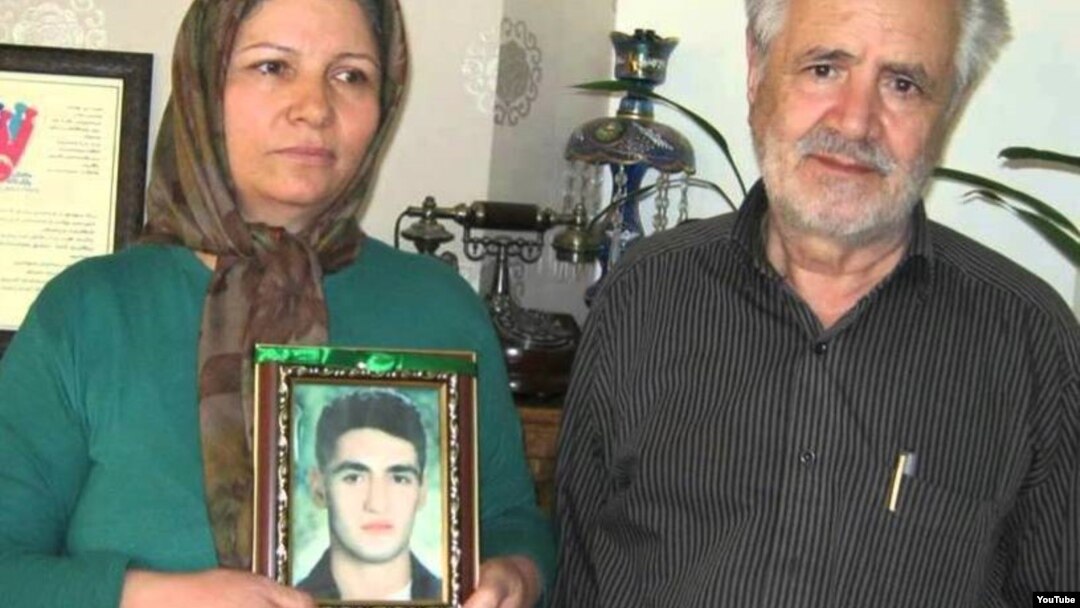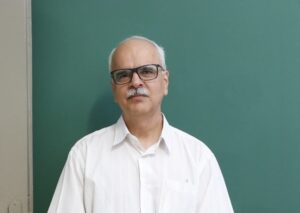برای خواندن این مطلب به فارسی اینجا را کلیک کنید
It has been 24 years since the tragic attack on Tehran University, a significant event in the history of the Iranian student movement. In July 1999, student demonstrations against censorship and the banning of Salam Newspaper were sparked by the paper’s publication of a letter from Saeed Emami–a deputy of the Intelligence Organization and the primary suspect in the chain murders of Iran–regarding a plan for controlling the press. However, this peaceful protest was brutally crushed on the morning of July 9, 1999, when armed individuals, supported by the anti-assault guard and Ansar Hezbollah, violently attacked the students. The students were subjected to severe beatings, which resulted in the tragic loss of lives. The fate of some students, such as Saeed Zinali–a computer science graduate–remains unclear even to this day.
The identities of only two of the eight confirmed fatalities have been revealed among the numerous arrests and injuries resulting from the attack on Tehran University on July 9, 1999: Fereshte Alizadeh and Ezzatollah Ebrahimnejad. The family of Saeed Zinali has tirelessly searched for information about his whereabouts throughout the years, demanding answers and justice for their loved one.
It has been reported that Saeed Zinali has been a victim of enforced disappearance, a harrowing phenomenon where individuals are detained without any information about their fate by the government. These individuals are often victims of extrajudicial killings, and their families are denied the right to bury their loved ones and mourn their loss. Despite the lack of information about Saeed Zinali’s fate, his name has been included on the United Nations Working Group on Disappeared Persons’ list of enforced disappearances since 1999. As his family has stated, Iranian security and judicial authorities have advised them to cease pursuing their son’s case.
Shahram Cheraghi Zanjani, a friend of Mr. Zinali, visited the Zinali family’s house in Tehran on July 14, 1999. Akram Neghabi, Saeed Zinali’s mother, had been deeply concerned about his safety during student protests and clashes with armed forces, and attempted to prevent him from leaving the house. Despite her concerns, Zinali and Cheraghi Zanjani left the house and security forces took Zinali and Cheraghi Zanjani into a car and drove away. Zinali was 22 years old at the time of his arrest.
Saeed called his mother two to three months after the arrest, assuring her that he was fine and asking her to continue with her life. However, that was the last time she heard from her son.
Zinali’s parents searched several police stations and hospitals for any information regarding their son following his arrest, but their hopes were dashed. In addition, they contacted Cheraghi Zanjani’s family, who were also unaware of their son’s condition, though he was later released. The license plate number of the car involved in the abduction was provided to the police. In response to their son’s disappearance, Saeed Zinali’s parents filed a case with Branch 11 of the Tehran Intelligence Police Department. In the following weeks, unknown individuals searched their home, confiscated Saeed’s belongings, and, despite inquiries, the Intelligence Department did not respond to the family regarding these individuals.
During the visit of the former UN Special Representative to Iran Maurice Copithorne, Mrs. Neghabi and other families of political prisoners gathered in front of Tehran’s Laleh Hotel to pursue justice for their loved ones. However, their peaceful assembly was dispersed by the police.
As a result of Neghabi’s complaint, Branch 6 of the Islamic Revolution Court was contacted. Authorities collected Saeed Zinali’s information to contact international police and determine if he had left Iran. A few months later, they informed Mrs. Zinali that he had not left the country and advised her to be patient. In December 2009, the family was targeted by security services again as armed individuals searched their home without a warrant, and confiscated Saeed’s books, manuscripts, and computer equipment. Although the officers questioned the family about Saeed’s acquaintances, they failed to identify themselves or provide any justification for their actions.
An unidentified person called Mrs. Zinali one evening claiming to be from the intelligence agency. While they assured her that her son was alive and well, they did not provide further information regarding his whereabouts or the charges against him. According to a police colonel, Saeed Zinali participated in a rally and was referred to as a “troublemaker.” The colonel informed Mrs. Zinali that they arrested him.
In spite of the relentless efforts to locate their son over the past decade, primarily through complaints and follow-ups, their case has not received much attention. Only after ten years did the family decide to make their case public through the media. In addition, prominent officials including Mahmoud Salarkia, the former deputy prosecutor of Tehran for prison affairs, and Mohammad Reza Naghdi, the chief of police information protection in 1999, discussed Saeed Zinali’s case with Mrs. Neghabi, calling him a “traitor” and a “hypocrite.”
The issue of Saeed Zinali’s disappearance still holds unanswered questions and unresolved dimensions, 24 years after the incident occurred. As previous transitions of power have not significantly impacted the situation, it appears that there is no way to shed light on the disappearance.
Ten years later, during the Green Movement protests following the 2009 election, a similar pattern of disappearances emerged in a different context. A number of individuals were killed within the confines of torture centers such as “Kahrizak” and “safe houses of information,” including Mohsen Roholamini, Amir Javadifar, Mohammad Kamrani, Ramin Garhami, and Ahmad Nejati Kargar. Moreover, two honorable doctors of Kahrizak were killed after receiving death threats for challenging government denials of torture practices.
The enforced disappearance of protesters and opposition figures has not ceased, and the lack of independent institutions within the government investigating Saeed Zinali’s case may have contributed to its persistence. Changing governments have not been able to bring about a resolution, which is deeply disheartening.
The lack of transparency and access to Mr. Zinali is unjust and wrong. His family deserves to know what happened to their son, and who is responsible for the abuses he appears to have sustained. We stand in solidarity with those demanding Iranian authorities take immediate action and provide a clear response to Mr Zinali’s family.
Back to top
